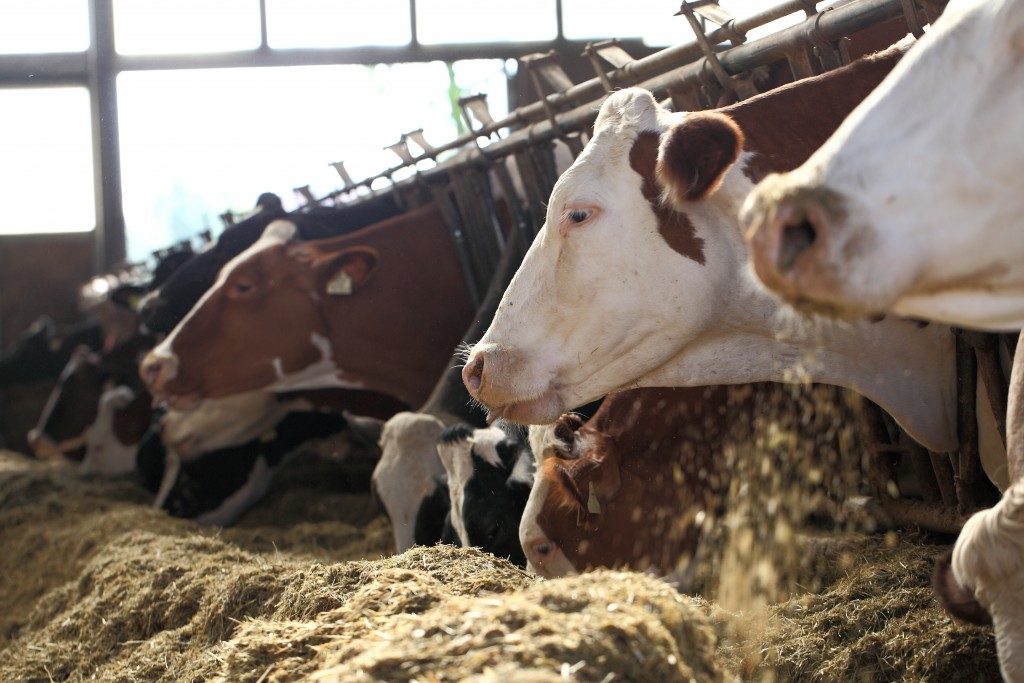Correct measurements are important in the kitchen or any other industry that deals with rationing of sized meals or ingredients. In animal husbandry or even in pet-keeping, it is important to monitor the exact weight or amount of food that animals eat to keep them healthy.
Animal diet
Diet plays a key role in an animal’s health. The domestication of animals has modified their eating patterns compared to what they are used to in the wild. They can easily be at risk for being obese because of their easy access to food and their food quality. This can cause increased food consumption while maintaining a low energy activity.
Monitoring an animal’s health and diet is important, whether it is in an agricultural setting for livestock or just at home with pets. Their eating habits can also be an indication of their health. If an animal is not eating or unusually unresponsive to any food, this could mean that they are not feeling well and might need to be checked immediately.
The best way to control an animal’s diet is through portion control. Food can be measured with a measuring jug or cup, which should be directly proportional to the animal’s weight and its needed vitamins and minerals. Most animal feeds have adequate nutrition. In some circumstances, however, these animals need to have additional nutrition and vitamins such as during pregnancy, early stages of animal development, and when they need special care.
Free feeding
Free feeding is not advised to domesticated animals like dogs and cats. Free feeding is the practice of giving the ration for the day in one serving. This encourages overeating or overfeeding in animals that may lead to serious health risks in the future. It may seem convenient for the owners to free feed, as there are feeding dispensers that don’t have timers or controls which can pose serious health risks.
Teaching domesticated animals to eat only during mealtime is a way of teaching them discipline. That means they only come to eat when they are called, and can be an added training for restraint and impulse control. Proper mealtime can also prevent food guarding, which is an aggressive behavior in dogs that should not be tolerated.
Livestock feeding

In an agricultural setting, there are also feeding times for animals, but they need highly nutritious food to ensure their health and that they are viable for production. Even free-range animals in some farms have portion-controlled feeds.
Cattles need food with a certain structure to keep their guts healthy. Other animals in agriculture should also have a feed fit for their need. It should at least contain dry matter with various groups of nutrients, minerals, and should not contain poisonous ingredients like herbicides or pesticides that might settle in grasses where animals graze.
Farm animal or livestock feeds should contain carbohydrates and fats for energy, and to help maintain the body and produce like meat and milk. Protein should also be present in a feed to aid in body growth and milk production. Vitamins and minerals help in regulating the natural body processes such as growth regulation and reproduction.
Proper diet in animals is important for their overall health. Without food that is proportional to their needs, their performance and wellness can be affected. It is best to avoid future health risk in animals either in farms or with pets through proper food management.

